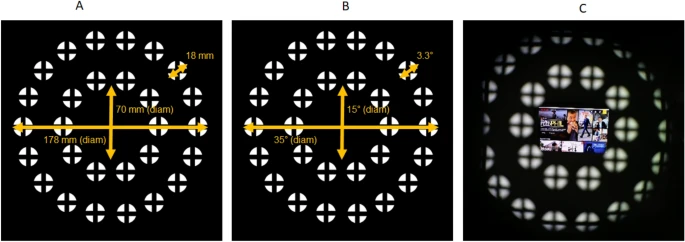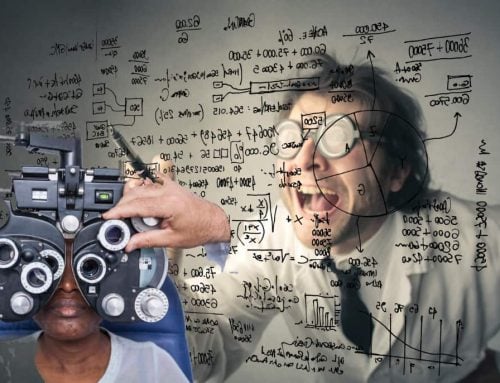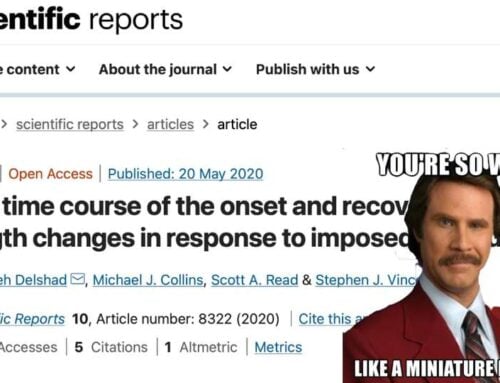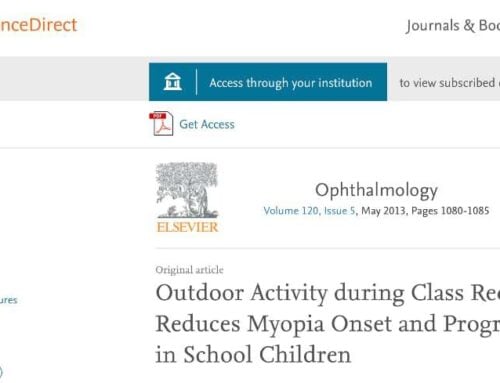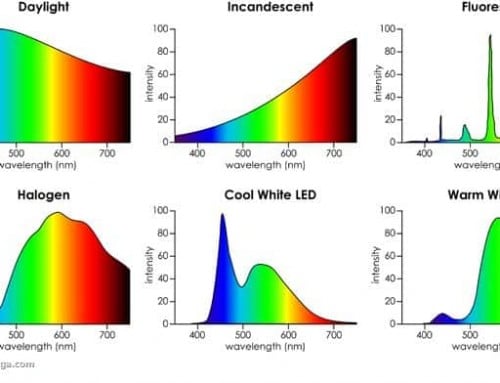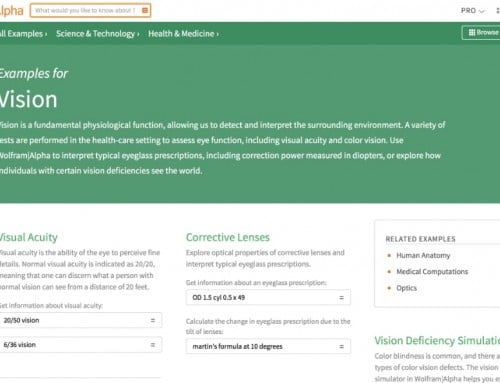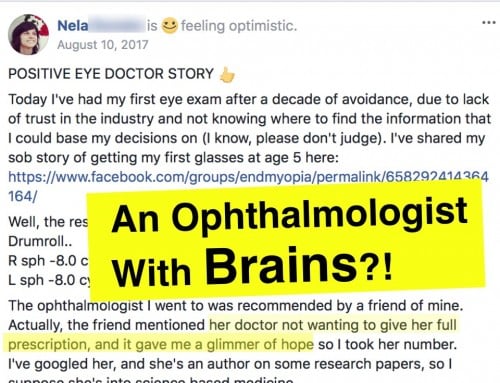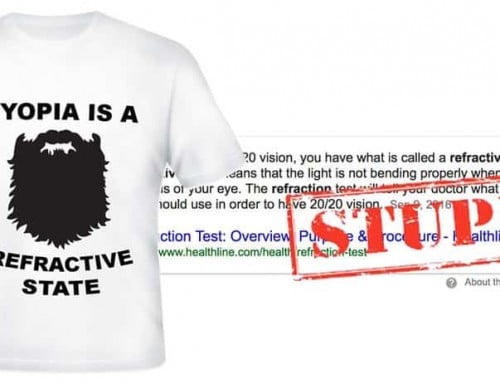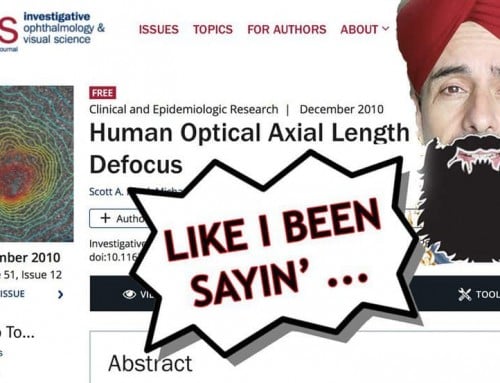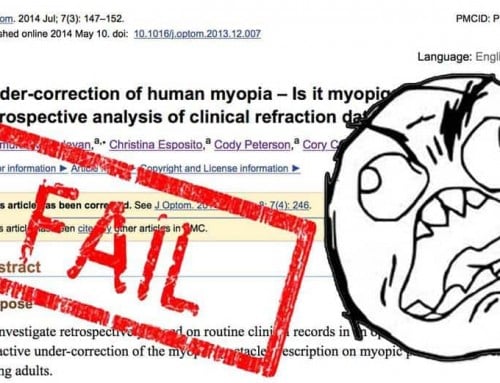Ok kittehz. Prepare for a super boring post. All science talk.
Endmyopia is all based on the premise that your eyes aren’t broken or sick or genetically defective. We know from 20 years of applied experience that you can reverse myopia. We know that we can fix myopia, but we couldn’t 100% say, how. How does it work in terms of the biology exactly? Why does it work? We theorized many years ago that our approach contributes to your eyes axial length reducing. Since that’s what the biology says happens, when myopic defocus is applied to the retina.
Yes, that gets fairly technical and we did make assumptions on the why-part of endmyopia working. It was a debated topic, and we’re considered lots of the science on the topic over the years.
But as a famous show once said, the truth is out there.
What you’re about to read about human eyeball axial change is pretty bombshell conclusive proof that your eye biology adapts to myopic and hyperopic defocus.
In simple terms: Yes endmyopia works, and science supports the how and why.
The question whether your eyeball actually reduces in length (axial change) in response to our Reduced Lens Method has been one of the missing pieces, or rather favorite complaints by the smarter part of the nerd contingents of endmyopia doubters. Good on them also, I’m quite fond of considered criticism and skepticism.
Let’s back up a second. To catch you up to speed, if you’re new:
Your distance blur vision started out as pseudomyopia.
Basically, you didn’t need glasses. Your eyes experienced a muscle spasm. Al you needed to do was go outside more, stare at close-up stuff less.
But then optometry wouldn’t be a 100 billion dollar a year business.
Then once you went to the optometrist and they claimed they didn’t know what caused blurry vision (besides “mysterious genetic condition”), and got glasses, you ended up with lens-induced myopia. Your eyeball elongates from hyperopic defocus, the result of wearing glasses.
Meaning, the glasses they sell you, actively make your eyes worse. I made a series of short animated videos explaining all of this.
So up to this point, all facts. Insane, sounding like conspiracy madness but nonetheless – proven, scientific facts.
Enter endmyopia, and the oldest living eye guru: We claim that using slightly lower diopters combined with positive stimulus (eliminate hyoperopic defocus, introduce myopic defocus), reduce the length of your eyeball. Basically, reversing the elongation caused by the optometrist’s glasses, axial change going towards less myopia.
This is debated, and I can’t even tell you 100% if it’s fact. Well … I sort of can, there are studies showing axial reduction, but there are still arguments. Mainly, does this axial reduction work long term?
Here’s the latest interesting study, which says yup indeed axial length reduction works.
.. in the present study, we aimed to address whether transient short-term changes in axial length and cycloplegic refractive endpoints would lead to sustained long-term changes after recurrent weekly exposure ..
Yup yup yup.
Using a repeated-measures regression model, the estimated treatment effect improved by 6.051 microns (95% CI: 1.500 to 10.604 microns; p = 0.006) per month of treatment (Fig. 4); that is, with each month of treatment, the test eye becomes 6.051 microns shorter than that of the control eye. Using this estimated slope, the predicted treatment effect after 12 months would be 72.606 microns with 95% confidence that the true effect falls within the interval of 18.0 to 127.25 microns.
Consistently shorter eyeball.
Worth noting here that they are using this study to later sell their commercial product. It’s an interesting device, though just much more expensive and tedious than our cheap and simple way to use glasses to the same end. Even their improvement rates are the same as endmyopia:
When we extrapolate this positive finding over an additional 8 months (i.e., 1 year total), the predicted total change produces an impressive effect of 0.816 D and 72.606 µm in refractive and axial length change, respectively.
Impressive stuff.
Things that will go over the heads of 98% of people who (won’t even) read the study. It’s all right in front of us, beginning to end. What causes myopia, why they’d rather sell you a lifetime subscription to glasses, to the effect of instead actually fixing the issue – all there.
Nobody cares. And other than copycats and unicorn farmers, nobody has to put together a cheap, simple, effective DIY solution that anyone can learn and apply on their own. Lots more of all this who-cares, in our science section.
Oh well,
Cheers,
-Jake

